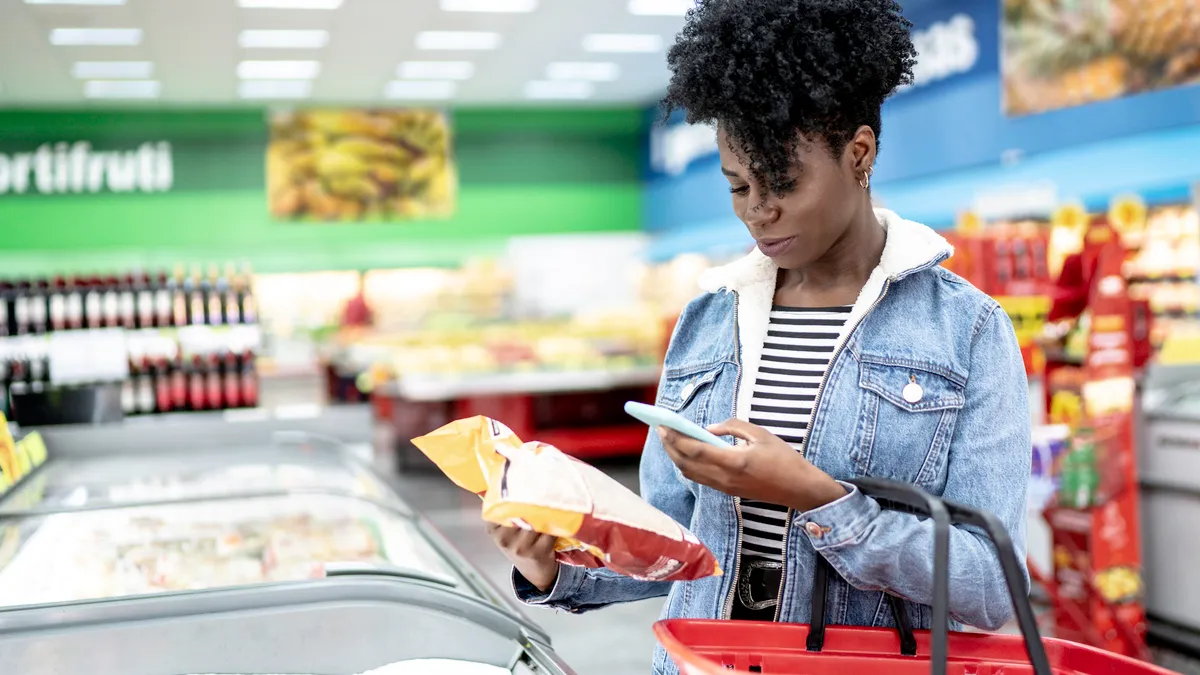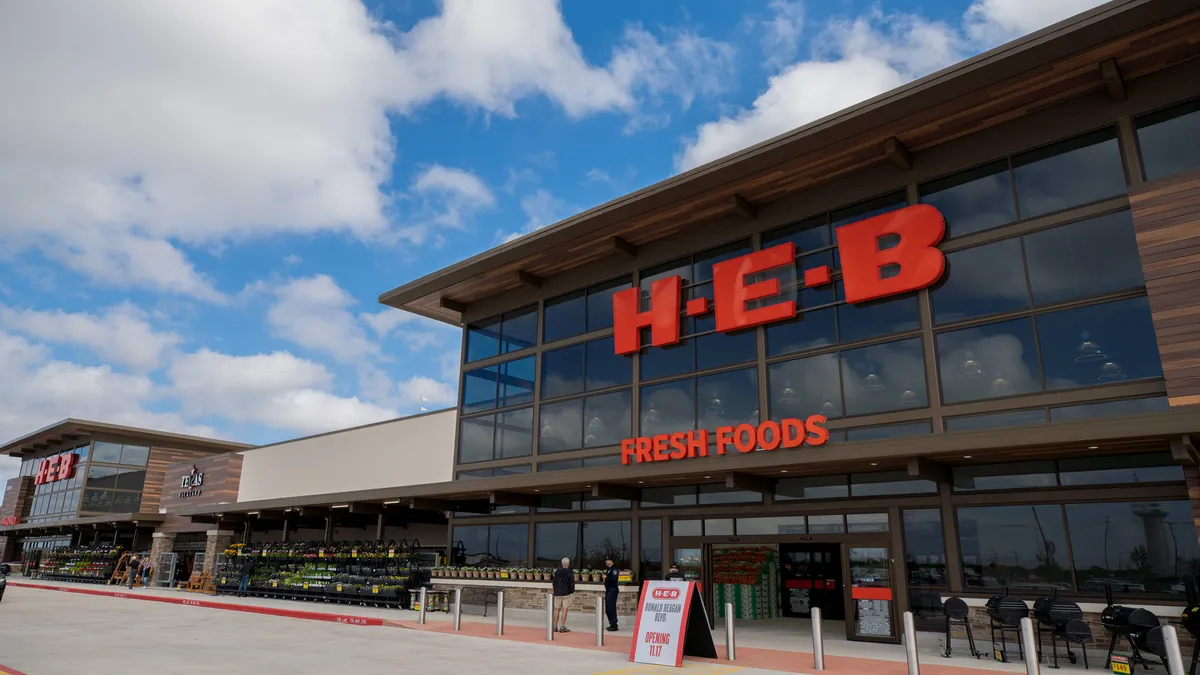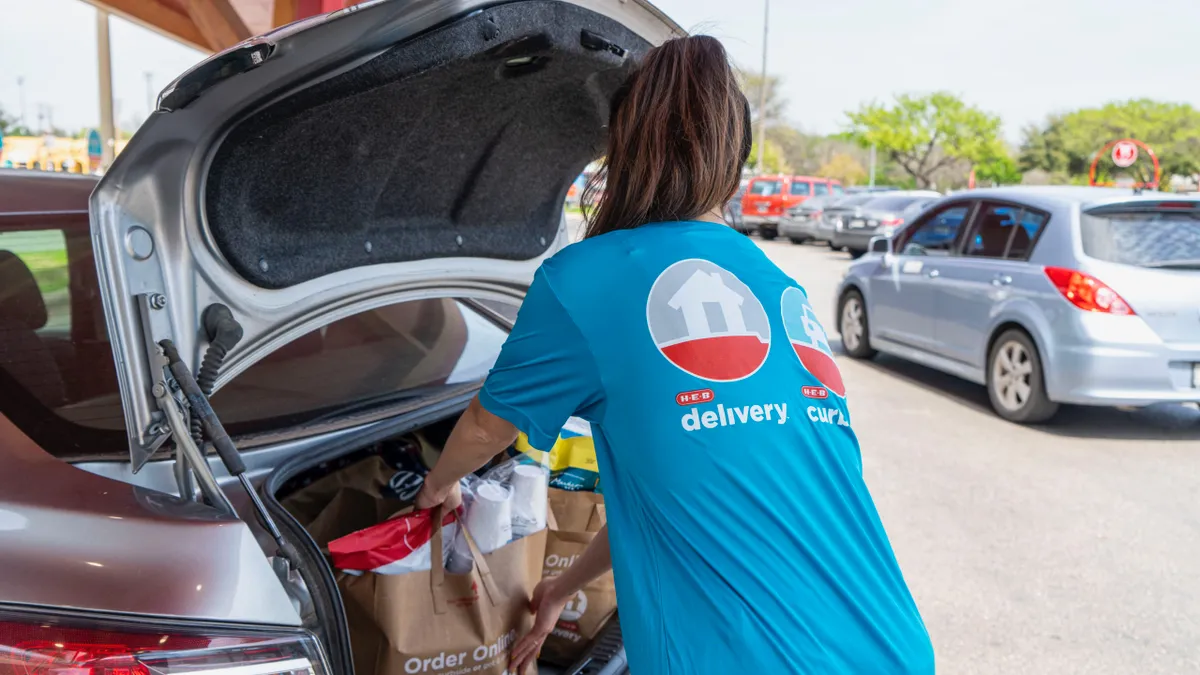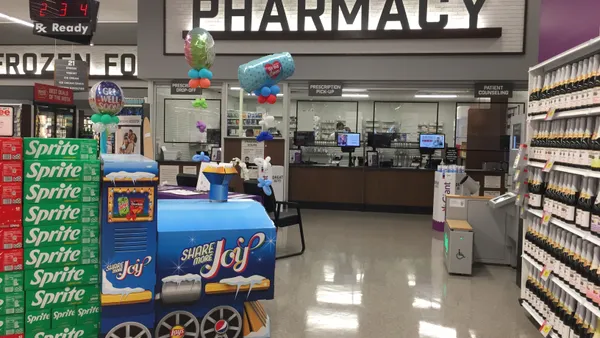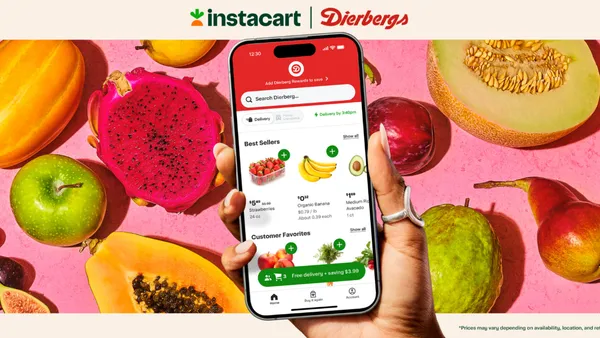Doug Baker is vice president of industry relations and Steve Markenson is vice president of research and insights at FMI—The Food Industry Association.
From the shift to omnichannel shopping driven by the COVID-19 pandemic to the ongoing emergence of new digital innovations and engagement platforms, it is impossible to ignore how technology is constantly transforming the modern grocery shopping experience.

Nearly everyone is now a digitally engaged shopper. According to a new report, Digital Engagement Transforms Grocery Shopping, by FMI — The Food Industry Association and NielsenIQ (NIQ), omnipenetration across the store — represented by shoppers buying both in-store and online—now stands at more than 90%. Driven by e-commerce, total U.S. online sales for grocery items are projected to reach $388 billion by 2027. While in-store grocery sales currently represent about 80% of consumer spend — albeit with relatively flat growth — online shopping continues to expand.

Increased consumer acceptance of online shopping is apparent among all demographics. Our research shows that while younger generations who have never known a world without online shopping are increasingly likely to adopt e-commerce, other generations are also evolving to increasingly utilize omnichannel shopping.
For example, FMI data on weekly grocery spend shows the portion of U.S. adults participating in online grocery shopping grew dramatically during the first year of the COVID-19 pandemic. In February 2020, shoppers estimated that 15% of their grocery spending happened online. Weeks later, that number climbed to 28%. Since that time, the percentage has fluctuated between 18% and 21%, showing positive growth when compared to pre-pandemic behaviors.
Over the last few years, the portion of consumers participating in at least occasional online shopping has also continued to grow. According to FMI’s U.S. Grocery Shopper Trends 2024, one in four shoppers said they placed an online order at a supermarket in the past three months, a three-percentage point increase over the prior year.
A closer look at who is shopping online also reveals several unique shopper personas. Online-reliant grocery shoppers tend to be millennials, parents, and city dwellers, largely because of how convenient online shopping is for urban lifestyles. Additionally younger shoppers lead in the online share of their overall grocery shopping, with both millennials and Gen Zers reporting they do 24% of their grocery spending online.
While millennials index the highest for online grocery purchasing, Gen Z remains the most connected, influential and largest online grocery shopping cohort to date, and their spending power is projected to grow exponentially over the next five years. Because many members of Gen Z still live with their parents, they also hold additional influence on all household purchases, even when their parents are the ones doing the grocery shopping.
Gen Z shopping habits also reveal other key emerging omnichannel trends. This generation tends to begin shopping journeys online and is heavily influenced by social media. A 2024 NIQ Consumer Outlook survey found that 55% of all grocery shoppers now make direct purchases of grocery and household items from social media or live-streaming platforms.
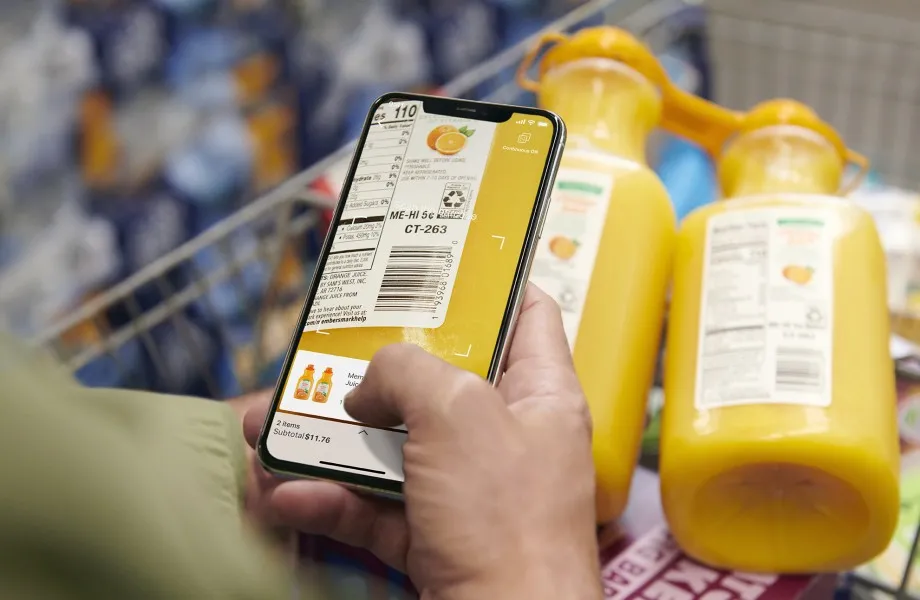
Additionally, more than half (56%) of all shoppers have adopted pre-shopping routines before heading to the grocery store — many of which are digital, such as visiting retailer websites and mobile apps and utilizing social media and other online resources. These routines are likely part of a larger strategy to save money, find value, stick to their shopping lists and compare prices across a variety of stores.
Crucially, digital shopping habits don’t stop when consumers enter the store. FMI data shows it is increasingly common for shoppers to use their phones while strolling down the aisles to look for deals (64%) or coupons (63%), while 61% say they use their smartphones to compare prices across stores at least occasionally while they shop.
Importantly, savvy consumers are embracing this digital integration, with 68% saying tech-enabled customer personalization is a good thing. Meanwhile, more than 80% of shoppers said they would be somewhat or very likely to seek more product details — regardless of whether they are in-store or online — by making use of a QR code, website, app or other tool.
While only 16% of grocery shoppers are regular users of AI tools, 53% have tried them — a trend that is only likely to grow with additional awareness. Of those who have used AI tools, shoppers use it most commonly for food-related purposes such as meal planning, recipes and dining out ideas
Despite the tremendous growth we’ve already seen, from item scanning to online shopping to QR codes, the importance of digital engagement and technology in food retail is still in its infancy. Grocers that create value for digital shoppers and streamline the path to purchase while offering convenience, relevance and experience will continue to build loyalty whether shoppers are purchasing in-store or digitally.


